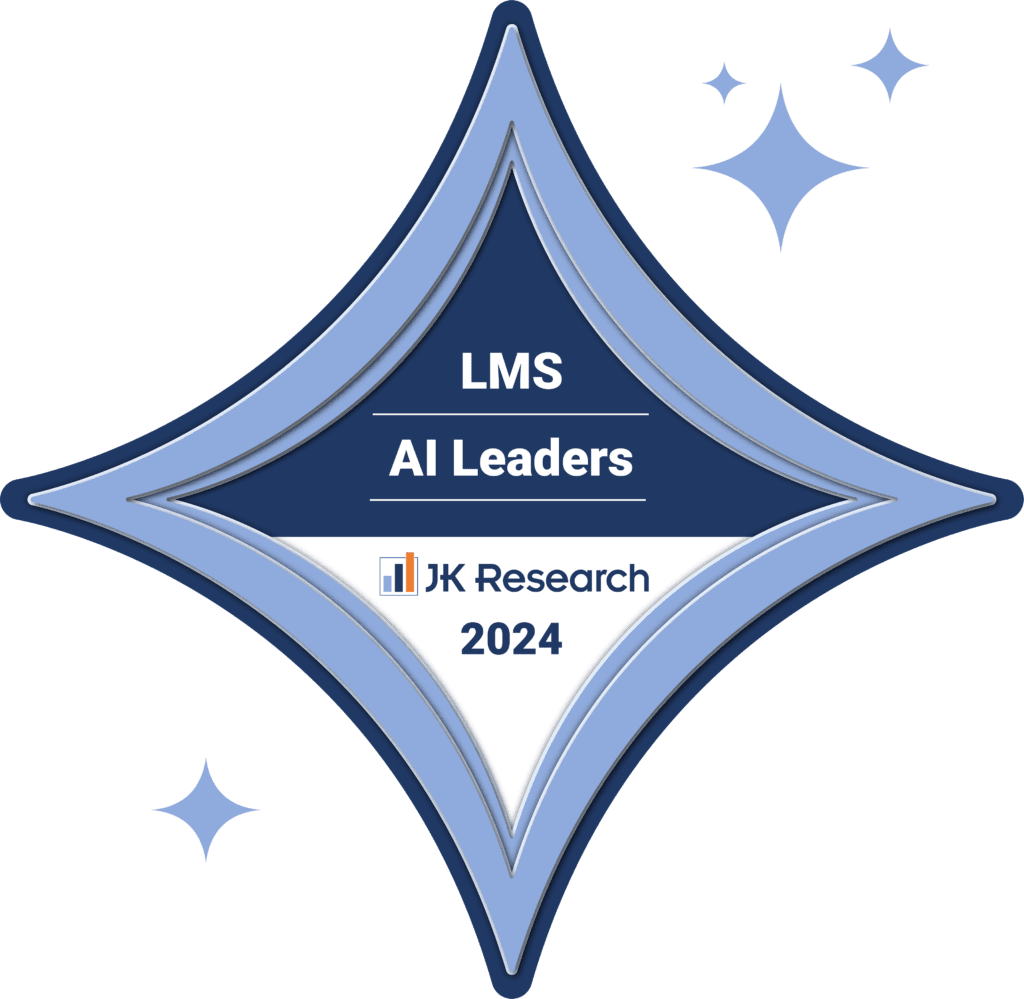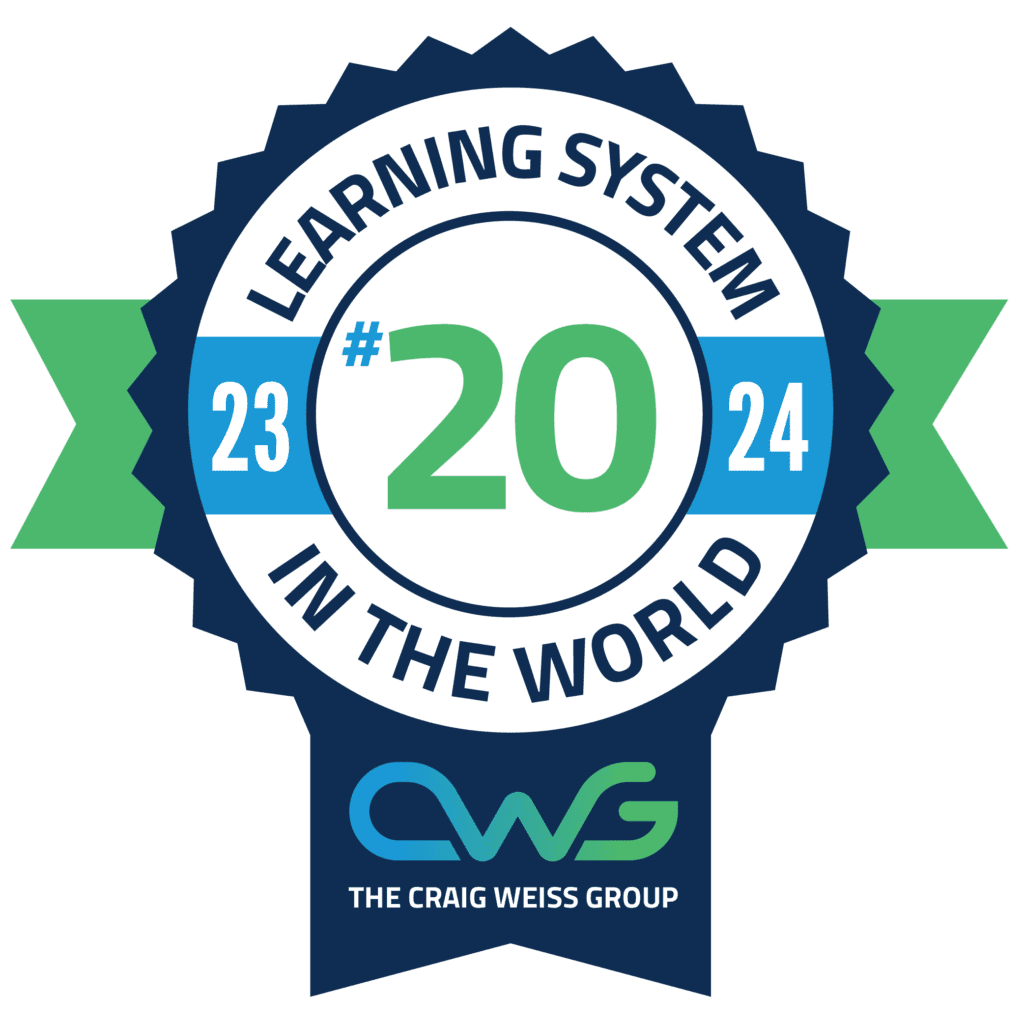Our thought processes are intrinsic to learning. To develop.
Think about it.
Someone who is fully engaged with the learning material and processes will absorb more information.
Someone with little interest in the subject matter. Who doesn’t care about how it’s delivered? Is confused, distracted will be less likely to retain the requisite information.
And we all learn in different ways.
Think about school.
For argument’s sake, we’ll focus on secondary school.
If you’re like us, there were likely subjects, lessons, and teachers that clicked with you. That you felt engaged with and excelled at, and lessons that had you scratching your head, doodling in your notebook, or passing memes over email. Waiting for the bell to sound. 🏫 📓 🎓
The problem might have been the subject. But it might have been how it was taught.
Some people have a knack for learning languages like French, Spanish, and German. Speaking, Writing. Accents. Vocabulary. They can become fluid quicker than most.
Some people have a deep affinity with our world. We are passionate about climate change and landscapes. Our relationship with the natural world makes them invest much of their energy into geography. 🗺️ 🙂
What’s for certain, though, is that without an immersive learning experience that caters to different people’s learning styles, retention and learning development can be challenging.
Different people react to different learning styles. Some of us thrive in a kinesthetic environment, one that focuses on action. Putting into practice what you’ve learned. Other people are social learners, preferring to process information through collaboration and communication.
In this blog article, you’ll discover everything that you’ll need to know about cognitive learning and how you can apply the theory to your workplace, including:
- Definition
- Strategies
- Benefits
Be sure to read it all. You may well discover that cognitive learning theory will revolutionise your workplace.
What is cognitive learning theory?
Cognitive learning is an active learning style. It maximises your brain’s potential. Optimises your ability to connect new information with existing ideas, bolstering your memory and ability to absorb new ideas and information.
There are five principles of cognitive learning theory. These are:
- Learner experiences are paramount
- Learners use cognitive thinking to absorb and retain information
- Learners construct their understanding to absorb knowledge
- Learners build knowledge based on foundational understanding.
- Learner experiences are emphasised in a social setting.
Your brain’s ability to recall and perform post-absorbing information, whether through experience, senses, or thought patterns, is called cognition.
A successful organisation is a competent organisation. The more competent your organisation is, the more equipped it is for success. Augment your organisation’s knowledge with L&D-focused cognitive learning and watch colleagues excel. 📈 🤝
Implicit and explicit learning
You can’t talk about cognitive learning without acknowledging implicit and explicit learning. Both concepts have specific definitions and apply to different workplace scenarios.
Implicit learning refers to learning without conscious effort. Explicit learning refers to learning with conscious effort. 🤔
In workplace L&D, implicit learning is characterised as skills improvement directly resulting from experience. Explicit learning is characterised as skill improvement because of deliberate L&D, such as training programmes, course completion, etc.
By identifying whether implicit or explicit learning is best suited to your organisation, you’ll be able to formulate sound cognitive learning strategies. 👍
What are the best cognitive learning strategies?
Unlike traditional L&D, which promotes memorization throughout the learning process, cognitive learning promotes a comprehensive understanding of a subject or skill.
This places emphasis on several elements throughout the learning process, which we’ve outlined below:
Comprehension
Cognitive learning strategies focus on the “why” of learning as much as the “what” you’re learning. This means learners benefit from added context, enhancing the learning experience. This is important because learners who understand the reasoning behind their L&D are more motivated. And it positively affects the cognitive process. 🧠
Memory
Not everyone has the capacity to memorise vast quantities of information quickly, especially if they have limited interaction with the material. Cognitive learning encourages learners to attain a thorough understanding of the subject or skill. This improves learners’ abilities to retain, relate to, and recall information. 😀
Application
Knowledge is only as useful as it can be applied to circumstances. Reflecting on any new information acquired and then applying it to new situations is one of the key ways that L&D success is measured.
Cognitive learning strategies encourage reflection and application. This helps learners develop improved critical thinking, problem-solving skills, and the knowledge to apply what they’ve learned to different scenarios. 💭 🏆
L&D professionals can leverage cognitive learning to enhance the learning experience, improve retention, and bolster workforce skills and knowledge.
Keep reading below to learn about 10 of the best cognitive learning strategies and their benefits.
- Active learning encourages learners to actively engage with the material through a range of activities, including discussions, problem-solving exercises, and completing set projects to enhance understanding and information retention.
- Chunking involves breaking down complex information into smaller, more digestible “chunks.” This helps to reduce cognitive overload, allowing learners to process and retain information more effectively.
- Spaced repetition reinforces learning while strengthening memory retention by presenting information over and over again during a spaced interval, encouraging learners to revisit material for long-term repetition.
- Visualisation incorporates visual aids, for example, diagrams, charts, and videos, to help learners gain a deep understanding of abstract concepts and connect ideas while solidifying comprehension and memorization.
- Metacognition inspires learners to reflect on their learning process, set goals, and monitor their own understanding. Strategies such as self-testing and self-explanation support deeper learning and improve problem-solving.
- Scaffolding offers support and guidance to learners as they progress towards increasingly complex tasks or concepts. Systematically removing the “scaffolding” strengthens the learning foundations, building confidence and encouraging independent learning.
- Active retrieval engages learners by frequently encouraging them to retrieve learned information through the use of quizzes or flashcards. This strengthens memory recall, reinforces learning, and enhances retention.
- Interactivity leverages interactive learning methods, like case studies, gamification, and simulations, to hold learners’ attention and promote deeper understanding throughout the learning process.
- Personalisation tailors the learning experience to individual or group needs, increasing motivation and engagement, and ultimately resulting in better outcomes.
- Collaborative learning fosters interaction between learners through group activities such as discussions and collaborative projects. This gives learners deeper subject understandings and, often, different perspectives on the learning lifecycle.
What are the benefits of applying cognitive learning in the workplace?
Cognitive learning tracks and records the learning process, optimising thinking, understanding, and retention. Organisations that understand and apply key cognitive learning concepts are laying the foundations for a long-term learning commitment and, ultimately, a workplace rich in diverse skill sets.
Read below to learn more about the core benefits of applying cognitive learning in the workplace.
🧠 Enhanced learning and retention: understand how individuals process and retain information with cognitive learning theory, and your workplace will be able to design training programmes to optimise the learning process and elevate the knowledge and skills of your employees.
🧠 Improve problem-solving skills: encourage individuals to think critically and solve problems, and you’ll have a workplace equipped to handle any situation. Employ, for example, metacognition and active retrieval, and you’ll have a group of individuals capable of making better decisions and innovating.
🧠 Increased adaptability: emphasise the importance of understanding with cognitive learning, and you’ll motivate individuals to find the best way to learn. Organisations that apply this will create a flexible learning environment, one that adapts to the diverse needs and preferences of everyone to foster a culture of continuous learning and adaptability.
🧠 Better transfer of learning: utilise cognitive learning strategies, including active retrieval and spaced learning, to encourage everyone to apply what they’ve learned to real-world scenarios. This application of new knowledge and skills leads to improved performance and productivity.
🧠 Better employee engagement: incorporate interactive and personalised learning experiences centred on cognitive learning principles to enjoy better individual engagement across all training programs. Remember, motivated individuals—those who are actively engaged in the L&D process—will happily apply any new knowledge and skills to their roles.
🧠 Reduced training costs: design an effective L&D programme that emphasises cognitive learning theory, and organisations can optimise the learning experience for everyone. This reduces the chances that further training will be needed, saving valuable resources such as time and money.
🧠 Developing critical skills: foster the development of critical thinking, problem-solving, and metacognitive skills to build an environment for success in the challenging modern workplace. Why is this important? Simple. Individuals with these skills are better equipped to make a positive contribution to all goals and manage any challenges.
🧠 Support diversity and inclusion: tailor learning experiences to individuals’ preferences and learning styles, and you’ll support diversity and inclusion in the workplace. Cognitive learning theory supports individuals with different learning needs, creating a more inclusive workplace environment.
Cognitive learning theory can optimise your workplace productivity and output
Workplace L&D must be tailored to people, your organisation, and your goals. In simple terms, you must catalyse individuals and the organisation as a whole to leverage the best L&D. And you’d be hard-pressed to find a more effective L&D theory than cognitive learning.
Promote cognitive learning, and you’ll benefit from improved, deeper, tailored learning that will make everyone and the business more capable of meeting goals while reducing training costs and supporting diversity and inclusion. 🏅
In short, cognitive learning is your way of building a stronger, more robust, and better-equipped organisation to achieve all short- and long-term goals.
For more e-learning insights, resources and information, discover the Thirst blog.
You may also enjoy:
7 Ways to Boost Your Learner Engagement | 10 Ways to Overcome the Forgetting Curve | Communication Styles: The 7 Most Common and How to Find Yours







